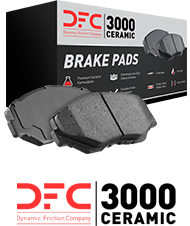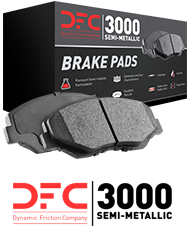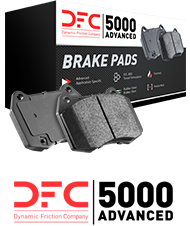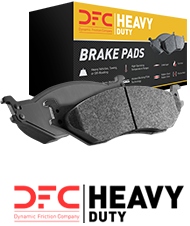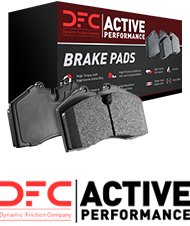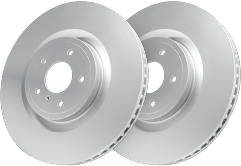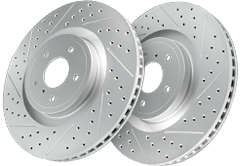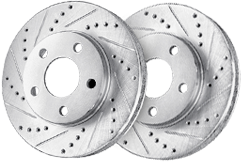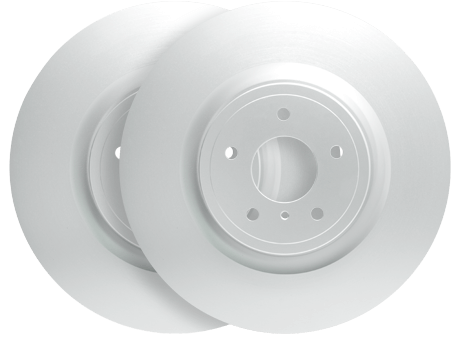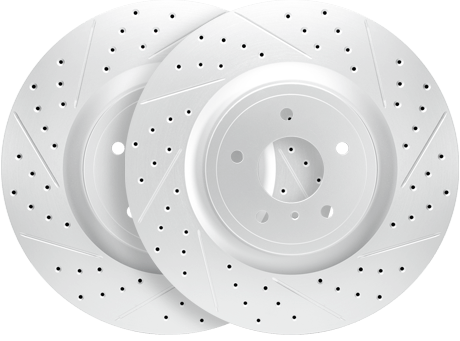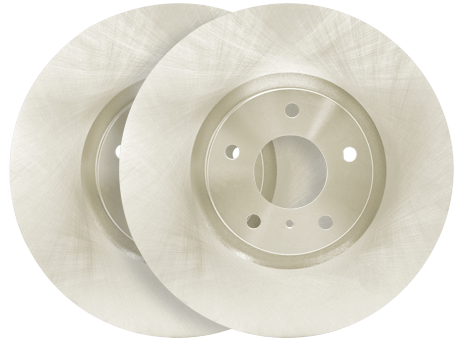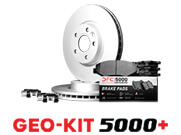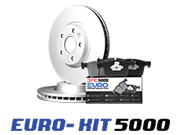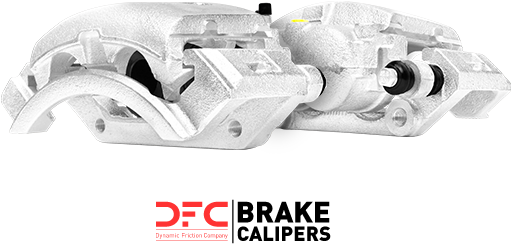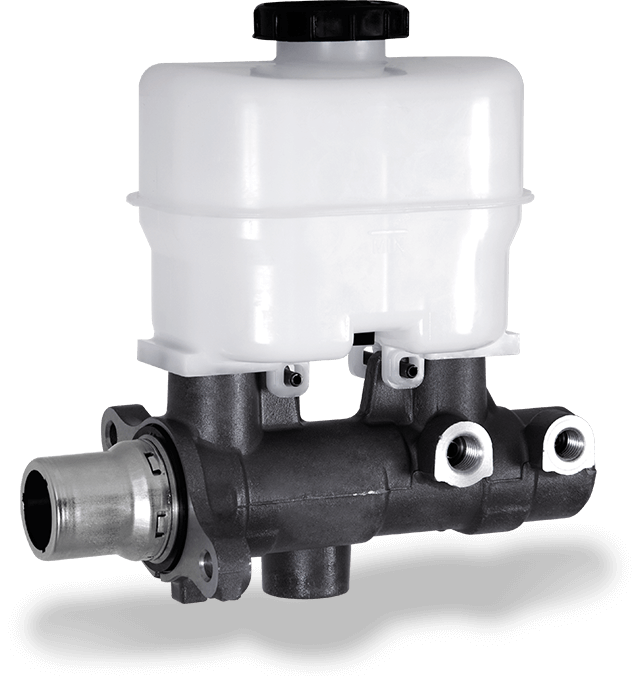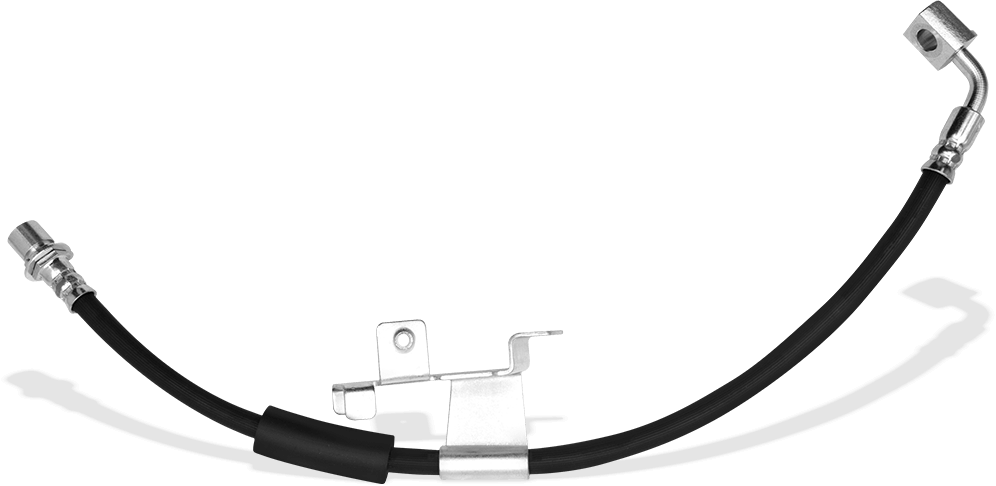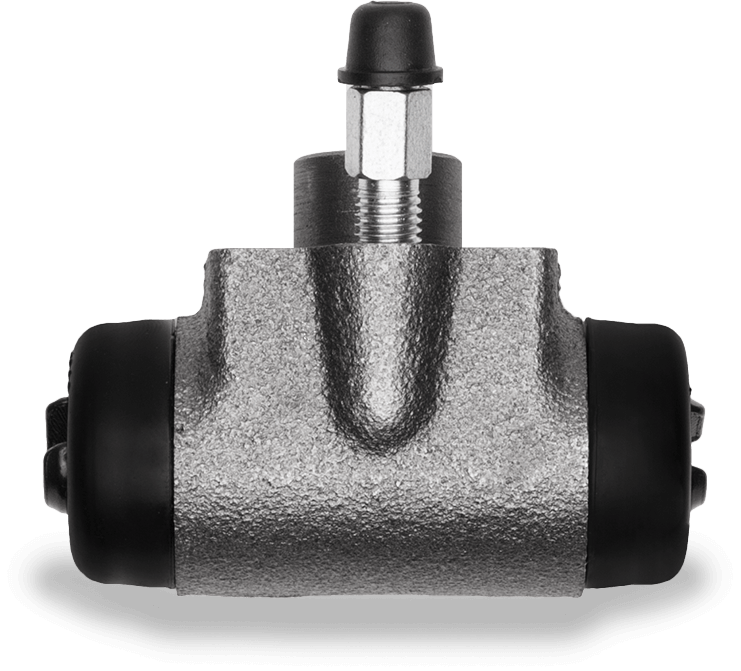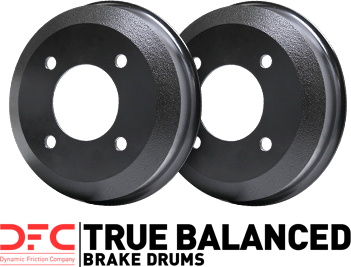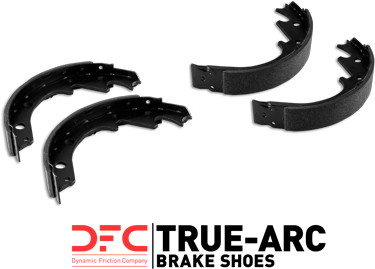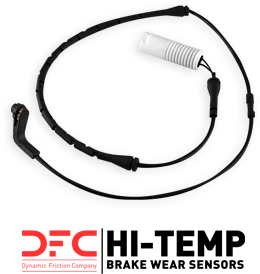Finding the best brake pads for 2018 Chevrolet Silverado 1500 can mean the difference between good and great braking performance. Whether you’re a daily driver or a weekend warrior towing heavy loads, the right pads enhance braking efficiency and safety. This article spotlights the leading brake pad options, tailored specifically to your Silverado’s needs, focusing on the best brake pads for 2018 Chevrolet Silverado 1500.
Key Takeaways
- Your driving style and the terrain you often encounter directly influence the choice and lifespan of your Chevy Silverado 1500’s brake pads – with options like ceramic for everyday use, carbon fiber based for occasional towing, and semi-metallic for heavy-duty tasks.
- Installing new brake pads on your Silverado 1500 requires specific tools and attention to detail to avoid common mistakes, such as improperly retracting the caliper piston or not applying the correct torque to fasteners.
- Maintaining your brake pads through regular inspections, understanding the signs of wear, and performing maintenance practices like brake fluid flushes can significantly extend their longevity and improve overall vehicle safety.
Brake Pads Based On Driving Habits
Have you ever considered the impact of your driving style on the condition of your brake pads? Whether it’s the frequency of braking, how abruptly you apply them, or even navigating through various terrains – these factors all contribute to the longevity of a brake pad. This is certainly true for drivers of a Silverado 1500. Those who tend to brake hard will notice their pads deteriorating faster than those who are lighter on their brakes. If hilly or mountainous regions are part of your routine routes, expect that your brake pads might need replacing sooner compared to someone cruising mainly across level grounds.
Let’s take a closer look at different types available: ceramic, carbon fiber-based and semi-metallic. Each kind brings its own advantages tailored to distinct driving styles and conditions. With this in mind, we can proceed to uncover which set would be most compatible with your Silverado 1500 based on how you drive!
Ceramic Brake Pads For Daily Driving

If you’re only using your 2018 Chevrolet Silverado 1500 for daily commute, the best choice would be ceramic brake pads.
Even though ceramic brake pads are not as strong as semi-metallic or carbon fiber, They still offer enough durability that suits daily driving style. Ceramic pads are also know for their great longevity, so this means you won’t have to replace them as often, which saves you money over time.
Ceramic brake pads, like the ones from the DFC 3000 series, also help keep your wheels clean for a longer time. This saves you from having to clean them too often. Even though these pads might cost more at first, they are a good choice for your Chevrolet Silverado 1500 if you think about how long they last and how they cause less wear to other brake parts.
If you care about keeping your vehicle’s parts in good condition for a long time, ceramic brake pads are a wise choice for your everyday driving.
Carbon Fiber Ceramic Brake Pads: Best For Occasional Towing
Carbon fiber ceramic brake pads are a better choice for drivers who don’t often tow heavy loads but need strong brakes occasionally. These pads are made stronger by adding carbon fibers, which makes them better at stopping than regular ceramic brake pads. However, if you tow heavy loads often, these might not be the best option for you.
These high-performance brake pads do more than just provide strong stopping power. They also handle heat better, which is important when you’re driving in tough conditions that need you to brake hard often, like in hilly areas or when pulling a trailer. Plus, they create less brake dust than other types of brake pads, which keeps your wheels cleaner.
Semi-Metallic Pads Brake Pads for Heavy-Duty Use
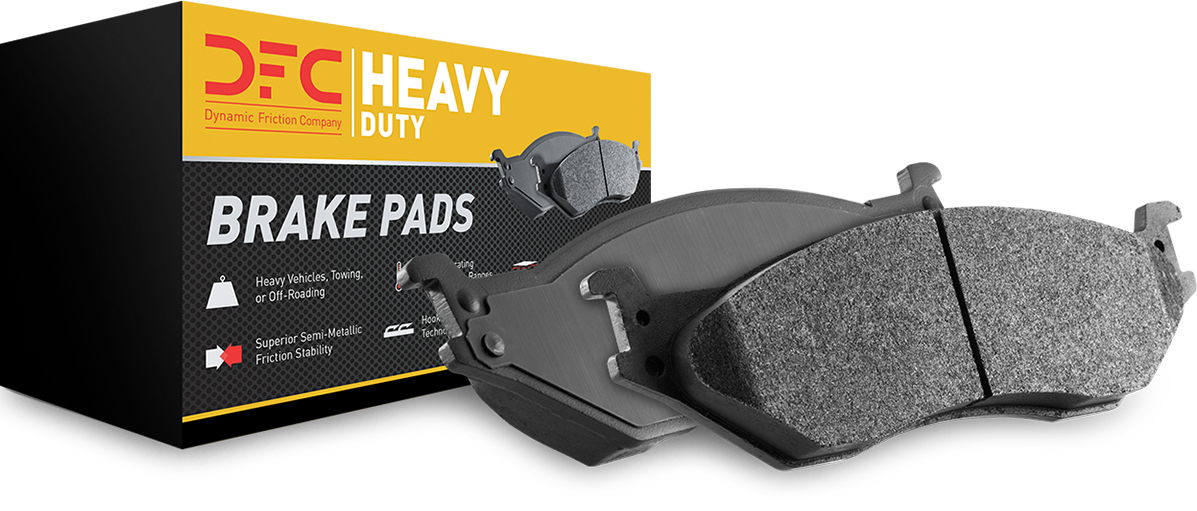
For those regularly hauling heavy loads or navigating difficult roads, semi-metallic brake pads are an excellent choice. These pads combine various metals with substances to deliver robust stopping power and remain economical across diverse driving environments. They maintain steady performance regardless of severe weather conditions or uneven landscapes.
Although they might come at a higher cost compared to ceramic varieties, the investment in semi-metallic pads pays off due to their superior handling of heat and unwavering stopping power under any climatic situation. Some types can be harsher on rotors and emit more brake dust. Hence selecting a brand that is kinder to rotors like DFC’s Heavy Duty Brake Pads is advisable. A Advantage these possess over fully metal-based options is operating more quietly.
Installation Tips: Replacing Your Silverado’s Brake Pads
When it’s time to put in new brake pads, you’ll want the installation to go smoothly. Start by ensuring safety: activate your parking brake, place wheel chocks for extra security, and siphon off a bit of brake fluid from the master cylinder before getting started.
You will follow these steps during the installation process.
- Elevate your truck
- Detach the wheel
- Remove the existing front brakes
- Ready the fresh brake pads
- Fit in those new pads accurately
After fitting in your newly acquired brake pads, re-fasten that wheel and proceed with several checks to confirm that your brakes are functioning optimally and safely.
Lastly, we need to talk about what tools and auto parts you’ll need for this job while bearing in mind how important it is not just spending money but investing it wisely as we gather everything necessary for this task.
Tools and Parts You’ll Need
The process of replacing brake pads is greatly simplified by having the appropriate tools and components. For an optimal fit and assured quality, it’s advised to acquire OEM brake pads since they are designed specifically for your vehicle by the manufacturer according to factory standards. To prepare for this task, make sure you have these essential items:
- A flat blade screwdriver
- A wire brush
- A C-clamp
- A torque wrench
For a Chevrolet Silverado 1500 pad replacement, be equipped with certain tools that include:
- A lug wrench to remove wheel lugs
- An appropriately sized 22mm socket for lug nuts
- Both a floor jack and jack stands to raise and support the truck securely during the operation
A T30 Torx driver will also be necessary due to its use in detaching as well as attaching specific parts within the braking system unique to this model.
Having gathered all these specified implements will significantly streamline changing out your brake pads.
To enhance convenience while guaranteeing safety throughout your work on replacing set of pads, incorporating a full ratchet plus socket selection alongside protective eyewear and nitrile hand protection comes highly recommended. When reassembling everything back together meticulously applying measured force through using torque wrenches helps ensure proper tightness over connections. Meanwhile, either employing a specialized caliper spreader or utilizing universal tools like the C-clamp can assist in pushing back piston within the caliper efficiently.
Avoiding Common Mistakes During Installation
While the process of changing brake pads might appear to be simple, it’s important not to make certain typical errors. For example, using a large C-clamp along with an old pad is necessary for pressing back the caliper pistons and making sure new pads fit correctly. This may sound like an easy step, but skipping it can lead to issues when installing your new brake pads.
Another frequent oversight is not being equipped with the proper tools for the job. It cannot be overstated how much easier these tools will make your work.
- A T-55 Torx bit for detaching the caliper
- Brake pad spreader tool
- A supply of brake cleaner
- Anti-seize compound
- Calipers that provide accurate measurements
After addressing how to properly install them, we’ll shift our attention toward maintaining your brake pads so you can maximize their longevity.
Maintaining Your Brake Pads for Longevity
Preserving your brake pads is essential for extending their durability. Opting for superior quality brake pads enhances not only longevity but also safety, minimizing the need to replace them often. Employing a strategy such as coasting prior to applying brakes can diminish the rate of wear on your pads.
Are you aware that flushing out the brake fluid once every two years or upon reaching 25,000 miles helps in maintaining both the condition and life expectancy of your brakes and brake pads?
Regular Inspection and Maintenance Routines
Regular checks are crucial for maintaining the condition of your brake pads. While the frequency may vary according to driving habits and recommendations found in the vehicle’s owner’s manual, it is advisable to examine the pads roughly every six months or when you rotate your tires as a general guideline.
To ensure thorough upkeep, it’s recommended that an expert assesses the entire brake system of your car, with special attention to the brake pads, during routine vehicular servicing sessions.
Recognizing the Signs of Worn Brake Pads
Understanding when your brake pads need replacing is crucial to avoid hazards on the road. Specific audible and visual cues serve as warnings for Silverado owners that their vehicle’s brake maintenance is due. Squealing noises may be heard while applying the brakes, which often comes from a wear indicator tab, or there could be grinding noises signifying that metal surfaces are contacting each other.
Certain Silverado variants come equipped with Brake Wear Indicators and a Brake Pad Life Monitor system. These systems provide both visual signals and auditory notifications through sounds or messages displayed on the Driver Information Center alerting drivers it’s time for service. Manifestations like increased stopping distances, needing more forceful depression of the brake pedal, vibration in the pedal upon braking, or experiencing your vehicle drifting sideways during braking also signal compromised integrity of the brake pads.
Summary
We’ve covered a lot of ground, from the impact of driving habits on brake pads to their maintenance and installation. Whether you’re a daily driver, occasional tower, or heavy-duty user, there’s a brake pad that suits your Silverado 1500’s needs. Remember, proper installation and regular maintenance can greatly extend the lifespan of your brake pads, providing you with a safer and smoother ride.
Now that you’re armed with all this knowledge, it’s time to take the driver’s seat. Your Silverado 1500 deserves the best, and with the right brake pads, it can perform at its best. Safe travels!
Frequently Asked Questions
What are the best brake pads for daily driving?
Opt for ceramic brake pads when you’re frequently behind the wheel. These pads are ideal due to their extended durability and low dust output.
What brake pads should I use for occasional towing?
For intermittent towing tasks, opting for carbon fiber ceramic brake pads is advisable as they offer superior stopping power and are more resistant to heat.
This choice ensures improved handling and safety while you’re towing.
Which brake pads are suitable for heavy-duty use?
Semi-metallic brake pads are your best bet for heavy-duty use because of their strong stopping power and consistent performance in extreme conditions. Go for those!
What tools do I need for brake pad replacement?
For replacing brake pads, it is crucial to have the following tools at hand: a flat blade screwdriver, wire brush, C-clamp, torque wrench, floor jack, and jack stands. Possessing these tools will not only streamline the procedure, but also enhance your safety during the process.
How can I maintain my brake pads for longevity?
Ensure the durability of your brake pads by consistently checking and upkeeping them, utilize gradual deceleration prior to applying brakes, and refresh the brake fluid quarterly or after traversing 25,000 miles.
Adhering to these measures will assist in extending the service life of your pads.

 UNITED STATES
UNITED STATES